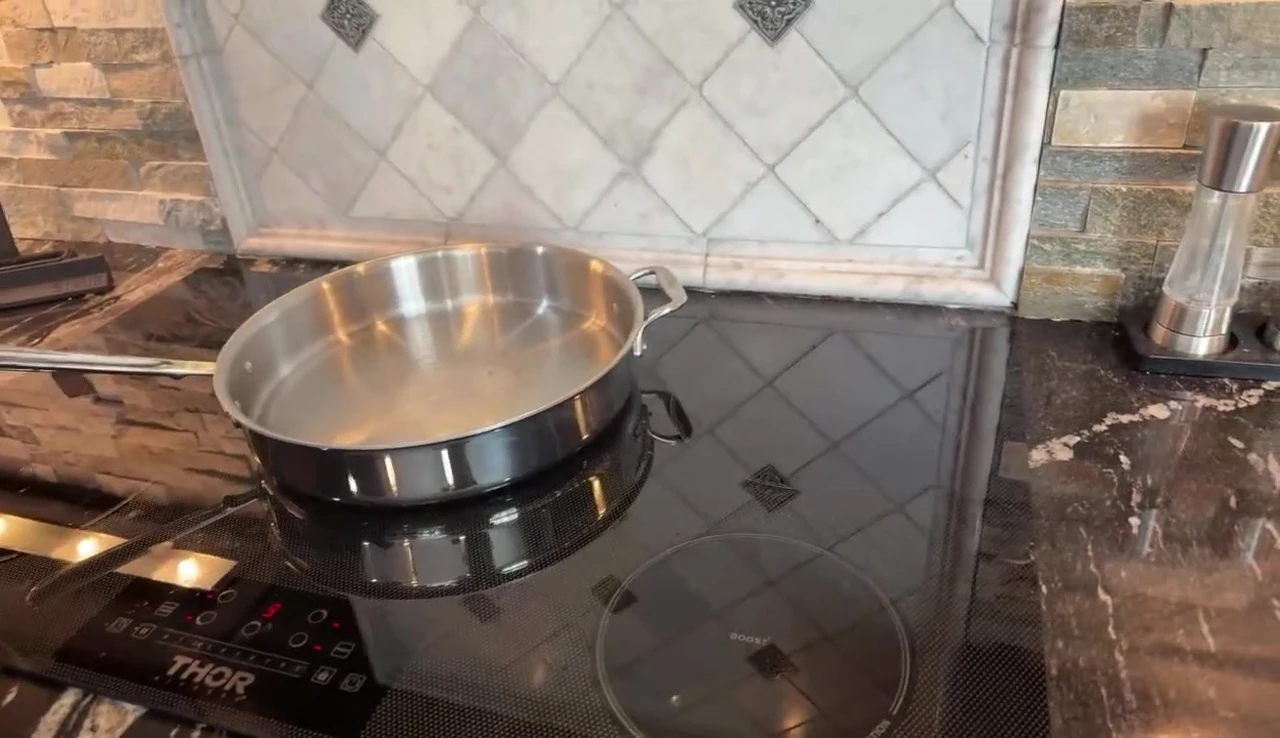This review dives deep into the Thor 36-Inch Induction Cooktop, a seemingly impressive appliance with a hefty $1000 price tag. We put this cooktop through its paces, testing its functionality and durability to determine if it lives up to the hype and justifies its cost. Our findings reveal several critical shortcomings that significantly impact the overall user experience and leave us questioning its value proposition.From deceptively small burner sizes leading to uneven heating, to unreliable touch controls hindering precise cooking, the Thor cooktop presents a frustrating array of issues. We explore the surprisingly low wattage, impacting cooking speed and efficiency, and examine the cooktop's surprisingly fragile build quality. Ultimately, we compare its performance and durability to higher-end brands, revealing why a $1000 investment in this particular model might be a regrettable decision.
Read more: Nuwave PIC Titanium Induction Cooktop Review: A Mixed Bag of Features
Disappointing Burner Size
The Thor induction cooktop's biggest letdown is its deceptively small burner size. The 11-inch burner diameter suggests ample cooking space, but the actual heating element is significantly smaller, only about 5-6 inches. This results in uneven heating, with food burning in the center while remaining cool at the edges.

I conducted a boiling water test using a 12-inch pan, highlighting the discrepancy between the advertised burner size and the actual usable cooking area. Even with a pan slightly larger than the heating element, the heating remains concentrated, leading to inefficient cooking.
Unreliable Touch Controls
Adding to the frustration is the cooktop's unreliable touch controls. Selecting specific power levels, particularly higher settings, often proves challenging. The controls are finicky, requiring multiple presses to register the desired setting. This inconsistency makes precise cooking difficult and adds to the overall negative experience.

This issue wasn't a one-off; it's a persistent problem that significantly impacts usability. While it seemed to function somewhat better during the recording, the unreliability is a major concern.
Low Wattage and Poor Heat Distribution
The cooktop's maximum wattage is surprisingly low, around 3000-3600 watts. This, combined with the small heating element, results in slow heating and poor heat distribution. The limited power output makes the cooktop inefficient, especially for tasks requiring rapid heating or even cooking.

The small cooking area combined with the low wattage results in scorching in the center of the pan, even with relatively low heat settings. This makes it very difficult to cook evenly.

Durability Concerns
The cooktop's build quality also seems questionable. A relatively minor accident—a vinegar bottle falling onto the surface—resulted in a crack. This suggests a lack of durability compared to higher-end models. Even small impacts may easily cause damage.

The overall impression is that the unit is cheaply made and may not withstand the wear and tear of regular use. For a thousand-dollar appliance, this is concerning. The issues appear more prevalent and serious with this model than with other brand names like Samsung and Bosch.
Conclusion: Spend More, Get Better
The Thor 36-inch induction cooktop, while seemingly offering a large cooking surface, ultimately falls short. Its small actual burner size, unreliable touch controls, low wattage, and questionable durability make it a poor value for its $1000 price tag.

Higher-end brands like Samsung and Bosch offer superior performance, more reliable controls, and better heat distribution. While this cooktop may initially seem attractive due to its cost, investing in a higher-quality model will ultimately save you frustration and money in the long run. Ultimately, the small cooking area makes even low power levels very difficult to manage.
